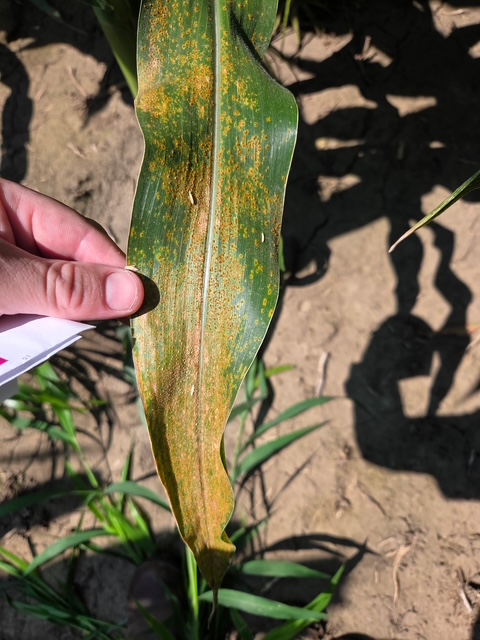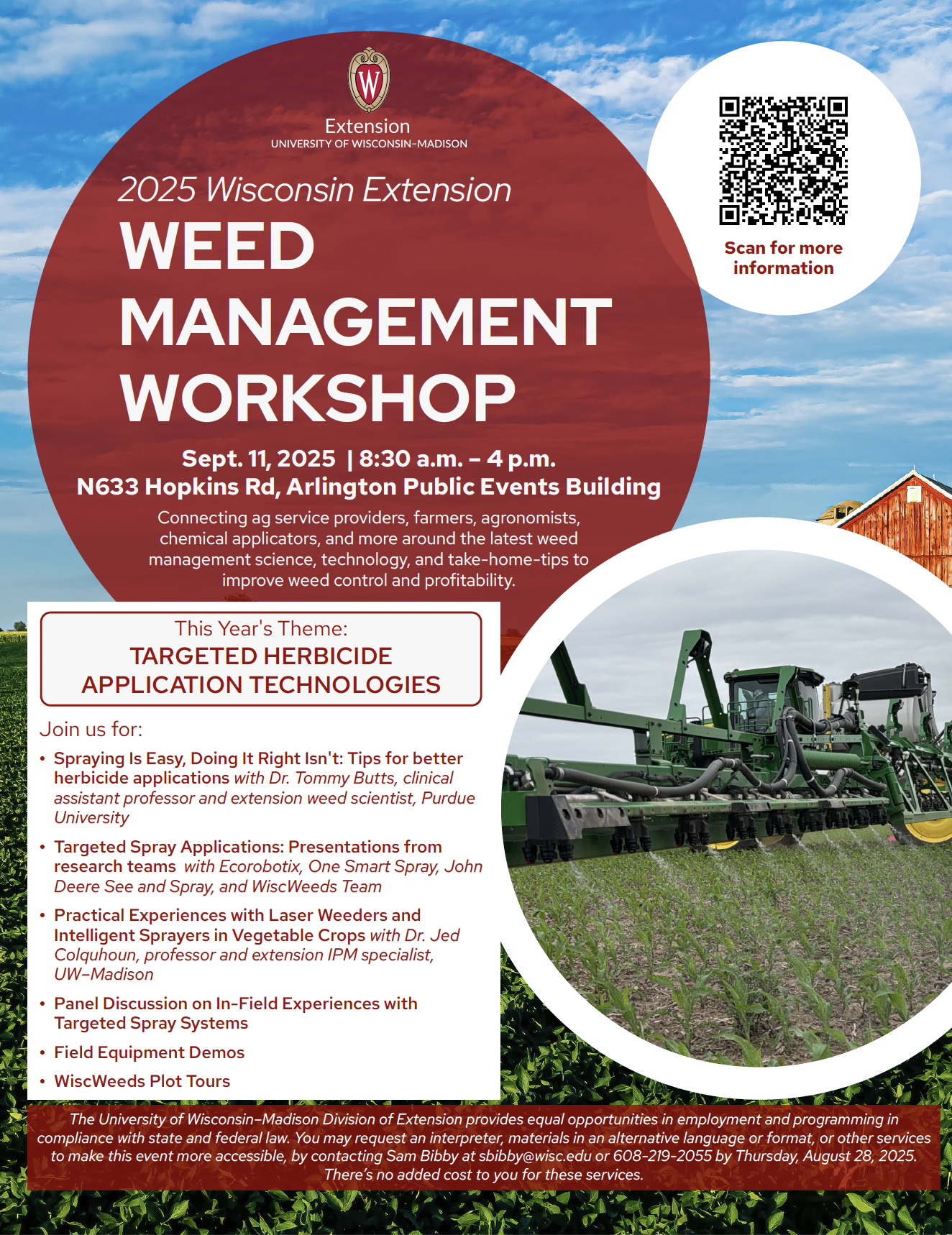Authored by: Taina Hebel Da Silva, Fabiano Colet, Harkirat Kaur, and Shawn P. Conley
It’s August 7th—mostly sunny and a toasty 88°F—so what the deuce, let’s talk about imbibitional chilling in soybean and corn! Actually, we’re already starting to plan for #plant26, and early seed sale discounts are beginning to roll out. So now’s as good a time as any to tackle this issue.
Full disclosure: There’s not a ton of information out there on this phenomenon in soybeans. As you read on, it might sound worse than I actually think it is—but this is what we’ve got to work with, so here we go…
When Is It a Concern?
In recent years, favorable weather and soil conditions in March and April have encouraged earlier planting. Additionally, the Risk Management Agency (RMA) has moved the earliest allowable soybean planting date from April 26 to April 15 in parts of Wisconsin. For corn, the earliest planting date is April 11 in most areas of the state. While early planting is often associated with higher yield potential, it also introduces a risk: imbibitional chilling injury.
Why Is It a Concern?
Imbibition is the first phase of seed germination, referring to the initial uptake of water by the seed after planting into moist soil. If the dry seeds absorb cold water too quickly during the first few hours after planting, and soil temperatures are low, imbibitional chilling injury can occur, damagin seed’s cell membrane and organelles.
- Soybeans are particularly vulnerable when soil temperatures fall below 45°F within the first 6–24 hours after planting. However, research has shown that if soybean seeds are initially imbibed at 77°F for 12 hours before exposure to 41°F, no significant chilling injury occurs.
- Corn is susceptible when kernels are exposed to soil temperatures below 50°F during the first 24–36 hours after planting, reducing the seed germination by at least 30%. If the cold exposure occurs after 6-8 hours (night chilling), it does not cause an imbibition injury, but rather chilling stress, which can stil negatively affect overall germination.
Soybeans are generally more susceptible to imbibitional chilling than corn due to:
- A faster water absorption rate and shorter imbibition period
- A softer, more permeable seed coat that offers less protection in cold conditions
These factors increase the risk of membrane damage during early germination.
Impact on Germination and Seedling Development
Imbibitional chilling can reduce seed germination and vigor, leading to poor stand establishment and lower plant populations.
- Soybean symptoms include swollen seeds with no root formation, seed death, and dead tissue on the cotyledons.
- Corn symptoms include deformed mesocotyl elongation, stubby coleoptiles, premature leaf emergence, and seed death.
Cold soil temperatures may also delay seedling emergence, increasing vulnerability to biotic stressors such as soil-borne diseases.
Recommendations for Farmers
To reduce the risk of imbibitional chilling injury when planting early, consider the following practices:
- Avoid cultivars known to be cold-sensitive
- Use seed lots with high germination and vigor
- Do not plant seeds with low initial moisture content
- Avoid planting when cold rain or low temperatures are forecast within 24 hours (soybean) or 36 hours (corn)
- Refrain from planting in saturated soils
- Wait until soil temperatures are consistently above 50°F
- Use seeds free from physical damage and disease
If wet soil conditions and cold temperatures occur shortly after planting, assess seed damage a few days later, as symptoms may take time to appear. After emergence, evaluate plant populations to determine if replanting is necessary.
References
- Bauder, S. (2021). Are my crops susceptible to chilling injury? South Dakota State University Extension. Link
- Bramlage, W.J., Leopold, A.C., & Parrish, D.J. (1978). Chilling stress to soybean during imbibition. Plant Physiology, 61, 525–529.
- Conley, S.P. Unlocking potential: impact of new RMA soybean planting dates in Wisconsin. Link
- Mitchell, P.D. Crop insurance implications of planting crops early. Link
- Nielsen, R.L. Cold soils and risk of imbibitional chilling injury in corn. Purdue University. Link
- Lindsey, A. J., Ortez, O. A., Thomison, P. R., Carter, P. R., Coulter, J. A., Roth, G. W., Carrijo, D. R., Quinn, D. J., & Licht, M. A. (2024). Severe storm damage and short-term weather stresses on corn: A review. Crop Science, 64 (3), 1129–1166. Link
- Obendorf, R.L., & Hobbs, P.R. (1970). Effect of seed moisture on temperature sensitivity during imbibition of soybean. Crop Science, 10,






